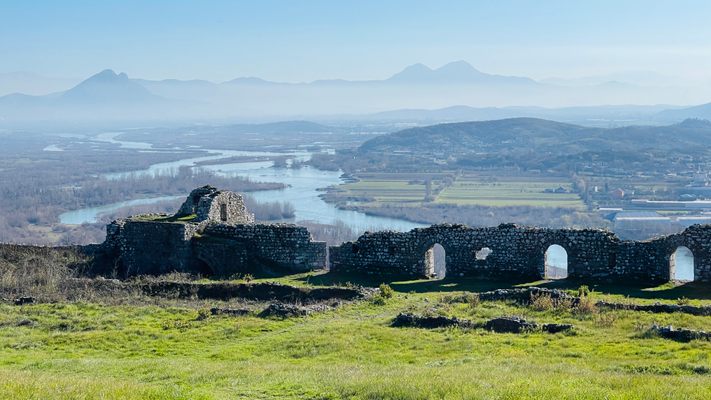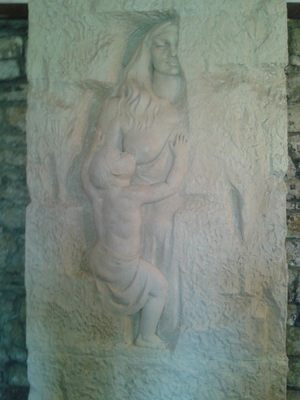About
The area around the city of Shkodër, in northwestern Albania, has been inhabited since antiquity. The first fortification on the hill overlooking the town was constructed by Illyrian tribes as early as the 9th-century BCE.
Since then, the area has been conquered by many different peoples and countries. The Romans took the fort in a battle in 168 BCE and later passed it down to the Byzantine Empire. After some centuries of local rule, the Venetians took the area and rebuilt the ruined fortress and a Catholic church.
The castle was sieged twice by the Ottomans, who conquered it in 1479, and the church was turned into a mosque. The castle was again sieged in 1912 by Serbian and Montenegrin troops during the First Balkan War and later in 1939 during the Italian Invasion of Albania. Heavily damaged, the ruined castle was abandoned soon afterward.
The castle has a long and complicated history, but it is also linked to a popular local legend. According to an old story, three brothers wanted to build a castle, but the walls kept collapsing. An old man told the brothers that if they wanted the castle to stand, they had to bury alive in the walls whichever of their wives brought them food the next day, but they couldn't tell them beforehand. The two older brothers broke this promise and told their wives what would happen. The younger one kept the secret, and his wife, Rozafa, brought the food. After learning the story, Rozafa accepted immurement, but only if part of her body remained free enough to comfort her infant son. A statue of Rozafa in the castle celebrates this legend.
Related Tags
Published
April 19, 2021











































